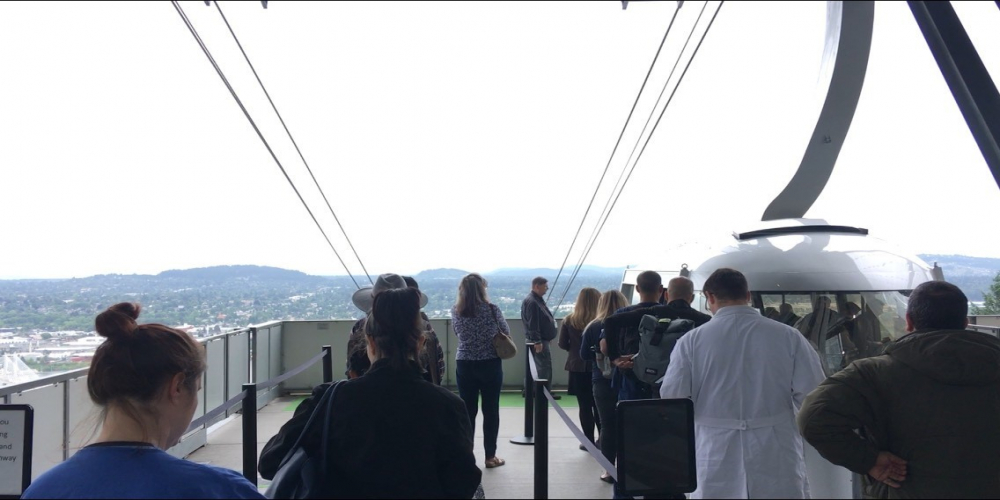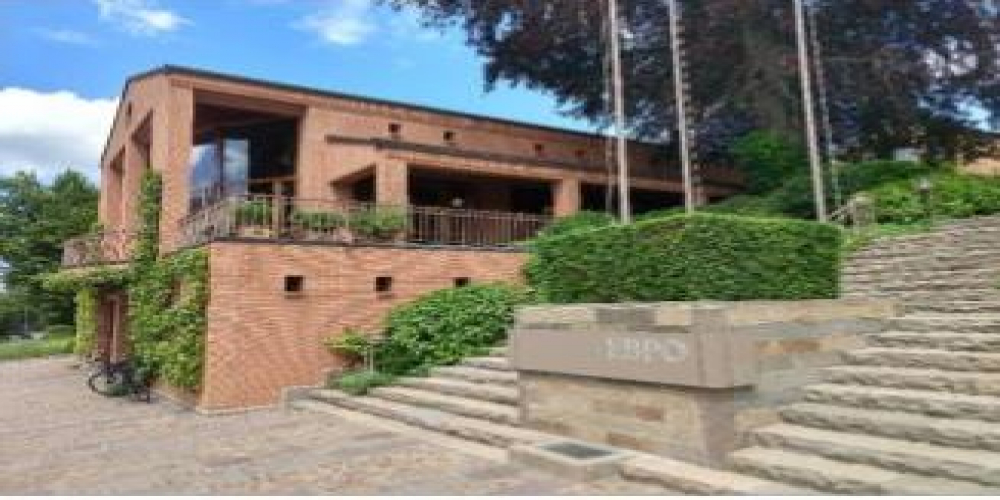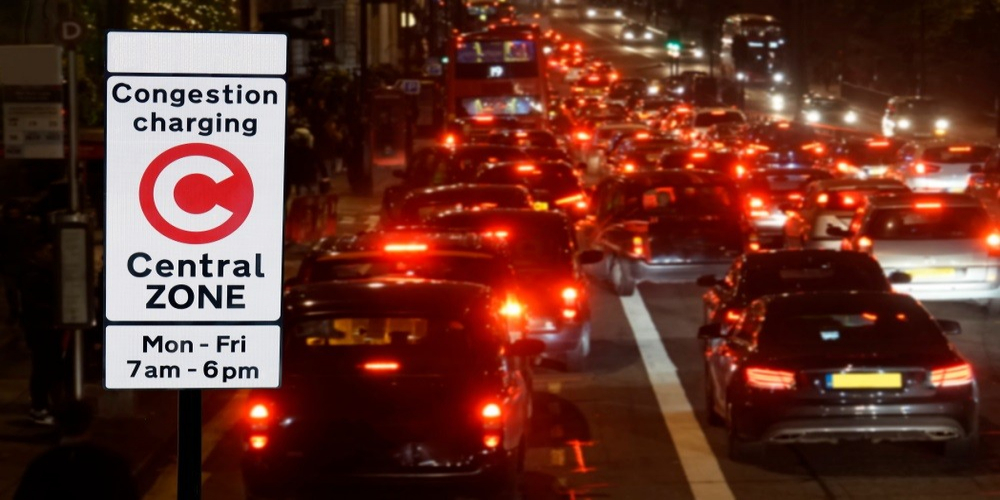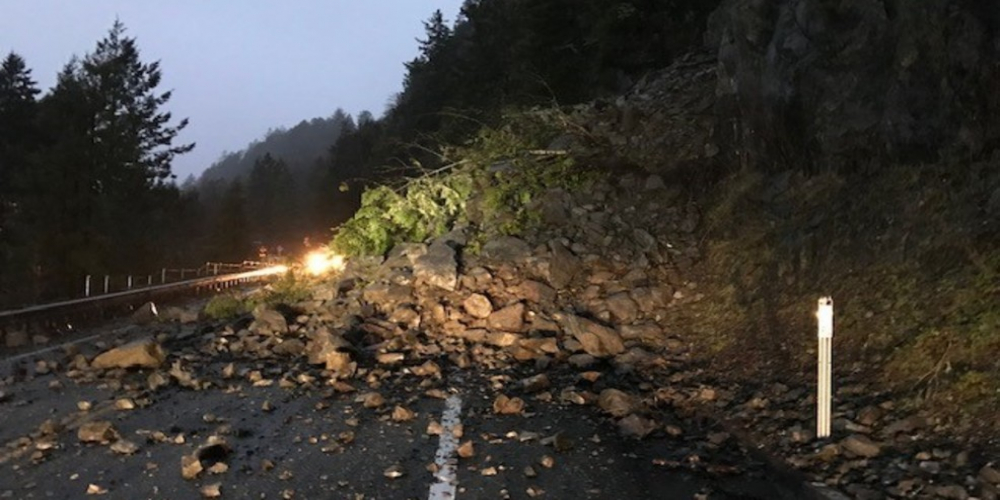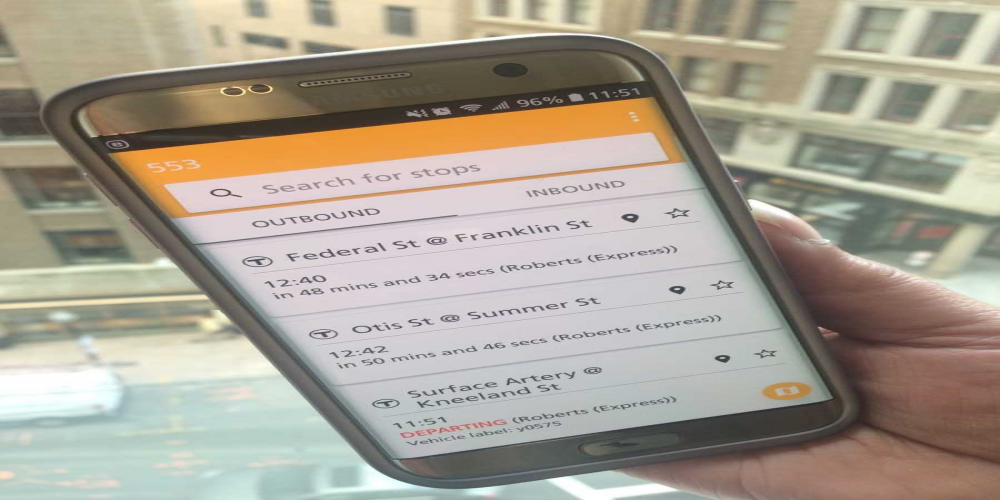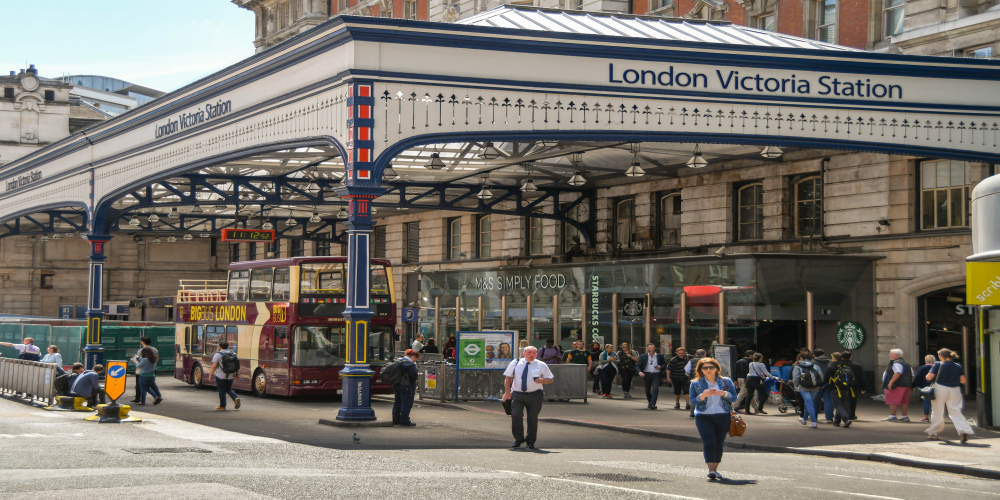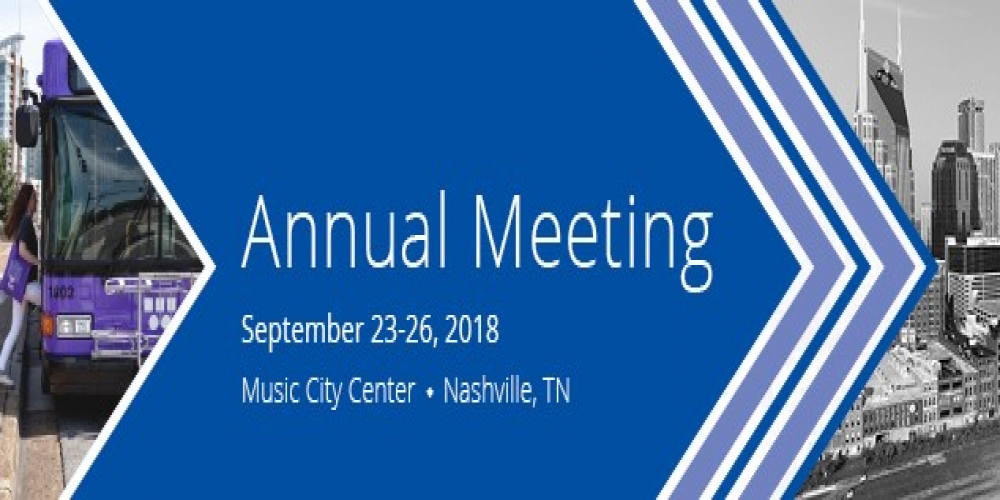Blog
Last week I attended the TRB Transportation Planning Applications Conference in Portland, OR. To those familiar with the TRB Annual Meeting, TRBAppcon (as it’s called) is a smaller and less formal event with a greater emphasis on showcasing practical techniques and approaches to transportation planning.
Kyle Schroeckenthaler of EDR Group is on assignment to the offices of our parent company, EBP, in Zurich for the summer months. While in Zurich, Kyle is working closely with the Resources, Energy and Climate division as well as the Transportation group to identify European and global best practices that could be beneficial to our US-based clients. Kyle’s visit will especially support EDR Group’s ability to provide a range and depth of services to clients on new mobility topics such as vehicle electrification and automated and connected technologies effect on transportation systems.
Tags:
#EBP
#electromobility
This week I am in beautiful Portland, Oregon attending the Transportation Research Board’s Transportation Planning Applications Conference, which showcases practice-ready transportation planning applications. At the corner of research and practice, the conference is a great opportunity for participants to share innovative methods of policy analysis and technical transportation planning. I am particularly excited to join workshops, panel discussions, and lightning talks on topics like freight data, multimodal performance measures, and data visualization.
In the early hours of March 31st, New York State took the landmark step of moving forward with implementation of a congestion pricing policy for Manhattan. With this deal, NYC edges out other cities like Seattle and Los Angeles to be the first in the U.S. to impose a charge on all vehicles entering a specific zone of the city. Other kinds of congestion pricing like dynamic rates for express toll lanes have existed for years, but drivers generally have an alternative option to reach their destinations without paying a fee. Starting in 2021, that will not be the case for almost any vehicle traveling into Manhattan below 60th Street – only emergency vehicles and vehicles transporting someone with a disability are exempt from the charge established in New York’s legislation.
Many MPO’s and state DOT’s are beginning to assess not only their vulnerability to transportation system failures caused by natural disasters and weather-related events, but also the wider economic consequences of potential future infrastructure system failures. As such events may increase in frequency with aging facilities and climate change, understanding the economic consequences of these events should be at the core of any resiliency analysis.
Tags:
How can we manage rapidly growing demand for same-day e-commerce deliveries within dense urban centers? That was one of the key questions addressed at a workshop during the Transportation Research Board (TRB) Annual Meeting in Washington, DC on January 13. During the workshop, Dr. Laetitia Dablanc, of the French Institute for Transport Research noted that demand for “instant delivery services that provide on-demand delivery within two hours by connecting shippers, couriers, and consumers via a digital platform” is growing around the world, mainly in cities.
At the TRB Annual Meeting, I had the opportunity to publicize a project that I’m leading: TCRP J-11 (31) Guidance for Trading, Sharing, and Selling Public Transit Data – Now and in the Future. I have been talking to transit agencies and experts about data sharing and getting value out of the data transit agencies collect. We have discussed challenges, including data quality, standardization, and privacy.
Tags:
#TRB
Spatial data is at the core of transportation analysis. Land use patterns, including the density of jobs and homes, and the locations of transportation infrastructure, such as stops, stations, and intersections, are frequently used to answer transportation planning questions. It is often useful to generate metrics at for a geographic zone. Not only does this allow for mapping and visualization, it often reflects the way that people use a transportation system – while a bus stop or rail station is located at a single point, passengers access it from the surrounding zone. In multi-modal analysis, considering zone-to-zone rather than point-to-point travel allows performance and accessibility assessments to compare or combine different modal options that serve the same areas.
In September, I attended the APTA Annual Meeting in Nashville, Tennessee. Following the defeat of Nashville’s transit referendum in May, the local transit agency is pressing ahead by investing in its bus fleet and changing its name to “WeGo”—a brand that speaks to transit’s role in building community.
